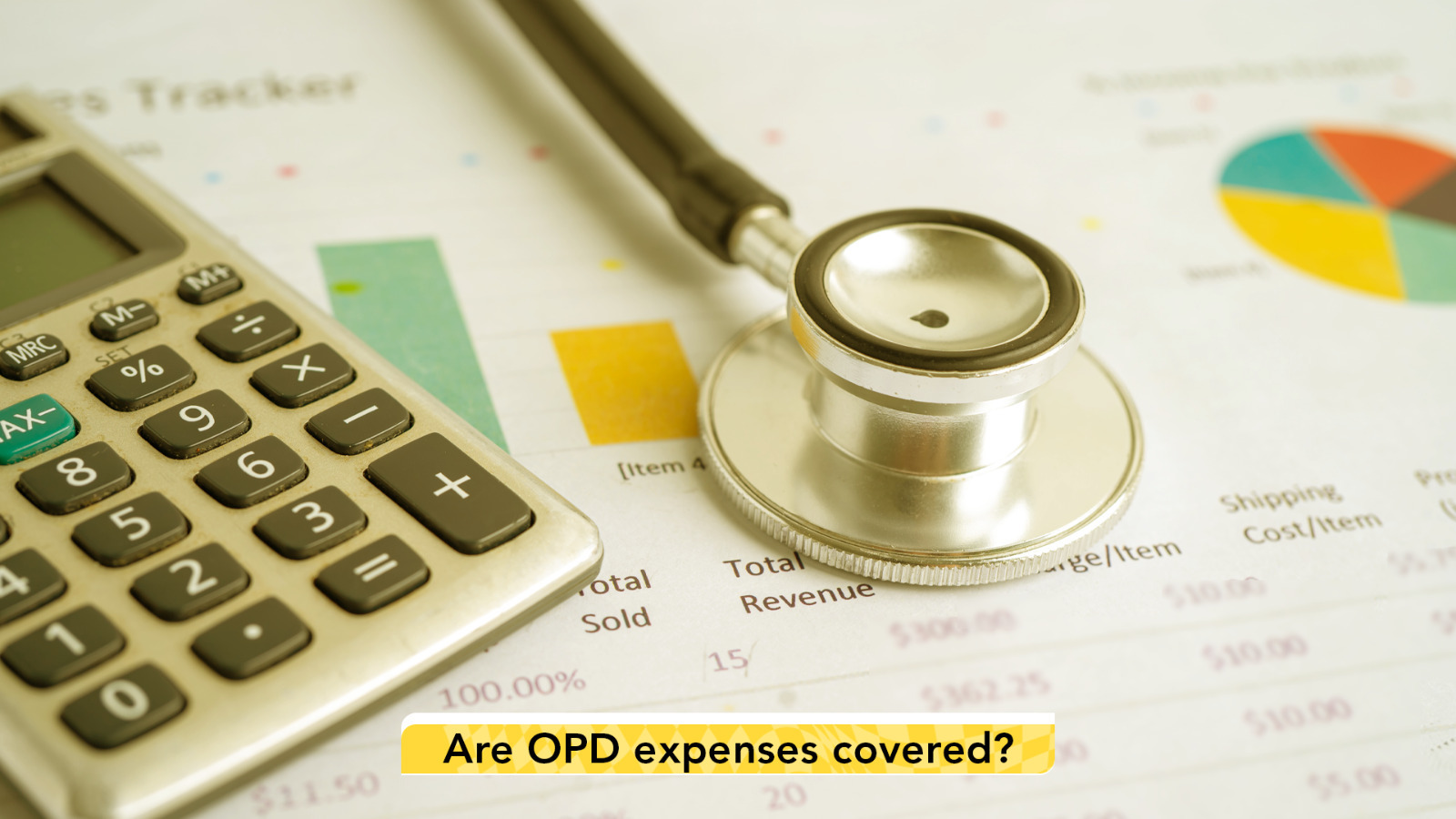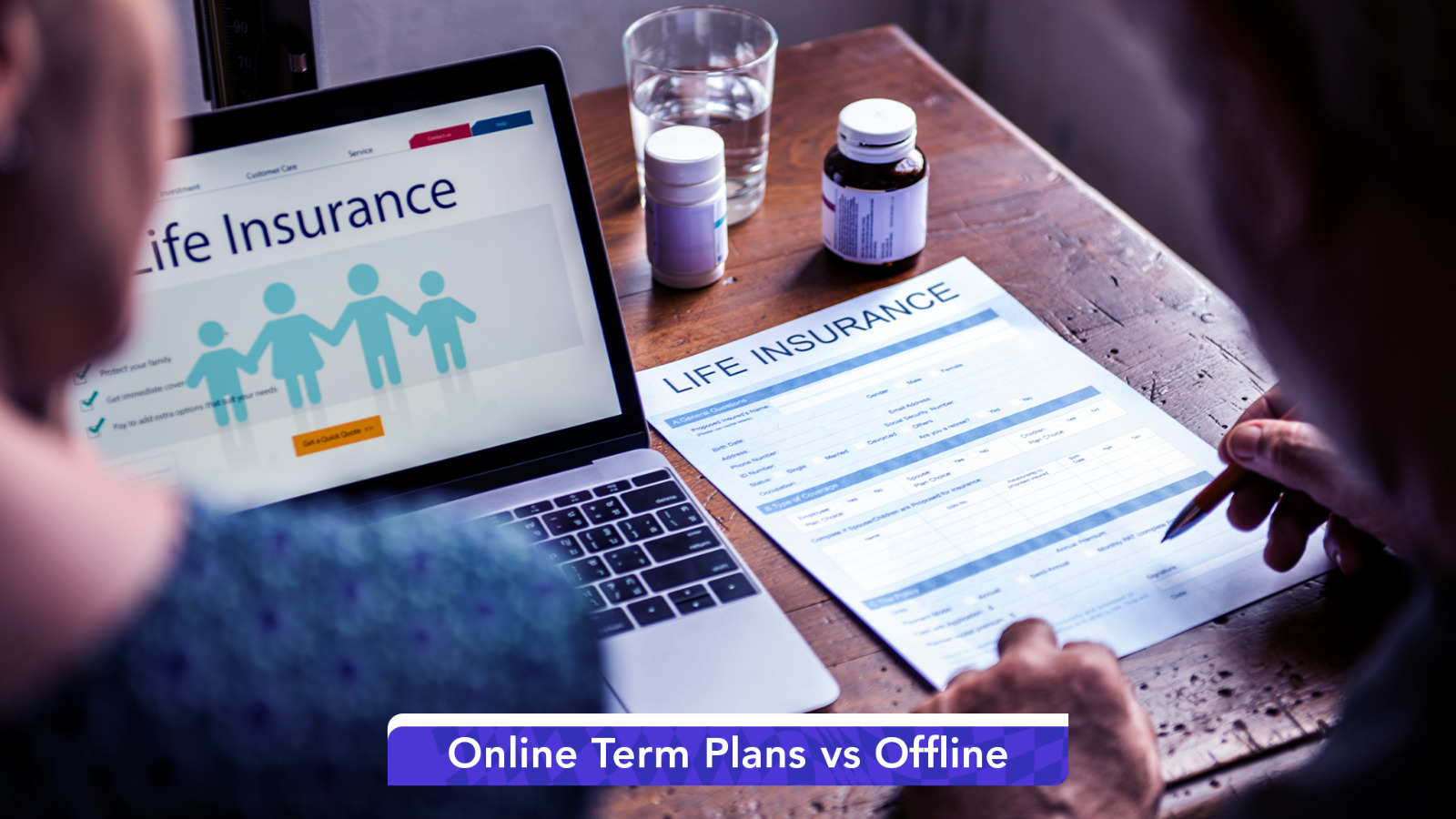You don’t have to land in a hospital bed for medical bills to bleed you dry. Sometimes it’s the ₹500 here and ₹800 there that do the damage.
A doctor’s consultation, a blood test, a quick dental fix — add them up over a year, and the end it feels like you’re paying rent twice. That’s where OPD (Out-Patient Department) Cover steps in to protect you from the “small” expenses that quietly become big.
Rising outpatient costs (consultations, tests, minor procedures)
Healthcare isn’t cheap, even for small things. Doctor consultation fees, blood test charges, and minor clinic procedures have been rising faster than general prices. In fact, India’s medical costs were increasing at about 14% per year in 2024, one of the highest rates in Asia. It might surprise you that outpatient expenses (OPD) can make up nearly two-thirds of a person’s total medical costs in India. OPD cover acts like a safety net for these frequent, everyday costs so you can focus on getting treated, not counting notes in your wallet.s.
Common expenses: GP visits, diagnostics, dental, physio
Think of OPD as your day-to-day health fund. It covers:
- General Physician visits for fever or flu
- Diagnostics like X-rays, blood tests, scans
- Dental treatments and eye check-ups
- Physiotherapy for injuries or posture issues
Real Life Example
Riya, a 30-year-old software engineer, avoided dental visits because of the cost. With OPD cover added to her policy, she got her cavity fixed and posture therapy — both reimbursed.
Preventive care benefits & early detection
Let’s be honest — most people skip regular check-ups to “save money”. But that tiny saving can turn into a big hospital bill later. OPD cover encourages you to get timely tests and screenings because you’re not paying full price. Early detection means cheaper, simpler treatments — like catching high blood sugar before it becomes diabetes.
For example: Skipping a ₹500 blood test today could lead to a ₹50,000 hospital bill tomorrow. OPD cover makes sure you don’t gamble with your health just to save a few hundred.
Secret Tip: Many policies even include one free annual health check-up – don’t miss out on it if yours does!
Who Should Consider OPD Cover?
- Families with young children (frequent fevers and paediatrician visits).
- Individuals with chronic conditions like diabetes or thyroid issues (requiring regular tests and consultations).
- Freelancers and self-employed individuals without corporate health benefits.
- Basically Anyone who wants to prioritize preventive health check-ups.
Still Not Getting It?
Don’t stress! Pick up the phone and drop us a text on WhatsApp (+919119336920) —we’re here to help you understand it all.
Cashless/reimbursement without hospitalization
Unlike standard health insurance, OPD cover works even without admission. You can:
- Get cashless treatment at network clinics/pharmacies
- Pay first, then claim reimbursement with bills and prescriptions.
No overnight stay, no drama — just simple coverage for everyday needs. With OPD cover, you can seek treatment anytime you need without dreading the immediate expense, much like having a safety net for day-to-day health issues.
Covers consultations, tests, medicines, and day-care
Let’s recap the breadth of coverage you get when you have OPD benefits on your health insurance. It’s not limited to one thing – it covers all the basic elements of outpatient care, such as
- Doctor consultations
- Lab/diagnostic tests
- Prescribed medicines
- Minor procedures done in clinics (for example, getting stitches for a cut or a small cyst removal that doesn’t need hospitalization)
- Some day-care treatments (like cataract surgery, colonoscopy, dialysis, or even certain dental surgeries that are done in a few hours)
This means whether it’s a 15-minute General Physician visit or a small surgery without an overnight stay, you can claim it.
Real Life Example
Neha’s father needed a cataract operation (a day-care surgery) and also has regular monthly check-ups for diabetes. The cataract surgery was covered by their health insurance’s day-care benefit, and the monthly doctor consultations plus blood tests are reimbursed through the OPD cover add-on. This way, the family’s out-of-pocket spending stayed minimal.)
Sub-limits, annual caps, and waiting periods apply
OPD cover isn’t unlimited. Watch for:
- Sub-limits: Max per visit (Exa:, ₹600 for a consultation)
- Annual cap: Total OPD claims allowed in a year (Exa: ₹5,000–₹15,000)
- Waiting period: Usually 30–90 days after buying before claims start
Common mistake: People don’t realize these OPD limits and get a shock when only part of their expenses is paid.
For example, if your plan has a ₹600 cap per consultation and your specialist charged ₹1,000, the insurer will only give ₹600, and you’ll pay the rest. Knowing this in advance helps you plan better (you might choose a network clinic with lower rates, for instance).
Pro tip: Always check your policy’s OPD section. If the limits are too low, consider a higher cover or a better add-on next time.
Conclusion:
OPD cover isn’t glamorous, but it’s the kind of backup you’ll thank yourself for having. It’s there for the cough that just won’t go, the check-up you’ve been putting off, or the small procedure you didn’t plan for. OPD cover takes away the awkward pause of thinking, “Can I afford to see a doctor right now?” and replaces it with peace of mind. Just know your limits, save your bills, and use it for routine care because insurance shouldn’t only show up when you’re in a hospital bed.





